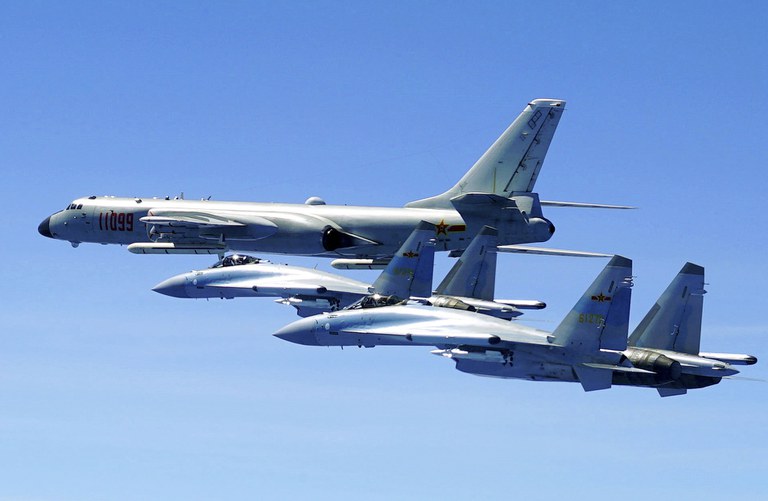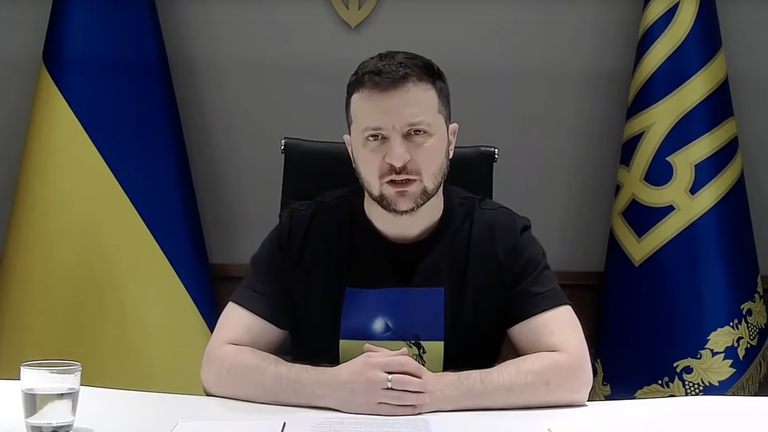Hundreds of Rohingya tried to flee Myanmar in past 6 months
More than 600 Rohingya Muslims from western Myanmar’s Rakhine state have been arrested over the last six months trying to reach Malaysia, an RFA analysis shows, part of an exodus of refugees who were driven by a lack of jobs and food to make a risky and sometimes deadly trek. RFA compiled the data from statements issued by military junta officials in Rakhine state and information from local media outlets. A Muslim man who lives in Maungdaw township, who did not want to be named for security reasons, said he sold all his belongings to send his daughter to Malaysia, but she was arrested on the way. “Our family agreed to marry our daughter off to a boy who is in Malaysia,” the man told RFA. “We asked him if he would pay for half the travel expenses. He agreed, and because we didn’t have 500,000 kyats [U.S. $270], we sold our land and house and other stuff to pay for her travel. Now, she’s been arrested, and we’ve lost everything. Our lives are ruined.” The daughter was aboard a boat with 228 others about 17 miles northwest of Mayu Island near Sittwe when they were was arrested by Myanmar authorities. More than 100 of the Rohingya passengers were sentenced to five years in prison by the Maungdaw District Court on Dec. 14 for violating immigration laws. Minors were released. In December, a total of 270 Rohingya were arrested for immigration law violations. Two dozen Rohingya were detained in January, 135 in February, 14 in March, 35 in April and 124 in May, for a total of 602 people. A Rohingya in Kyaukphyu township said Muslims were leaving Rakhine and risking arrest or even death because of a lack of jobs in the state and restrictions placed on them by authorities. Malaysia is a preferred destination because most of its residents are Muslim. “It has become easier for traffickers to exploit us,” he said. “The current problem in Rakhine is that people are not allowed to travel freely. There are also very few job opportunities to earn a living. We could not go outside because we were living in a refugee camp. That is why people are taking risks. They think they will prosper if they can make the trip.” Many are also motivated by food shortages in the camps in which the Rohingya are confined in Myanmar, Rohingya sources said. Rohingya living in Maungdaw township pay what is to them exorbitant sums to traffickers — a total of about 9 million kyats (U.S. $4,900), paid in stages along the route. Imminent danger Despite the costs, Rohingya still face imminent danger on their trek, which often involves travelling in rickety boats in rough seas. On May 21, at least 25 Rohingya out of about 90 passengers on their way to Malaysia died when their boat capsized and sank in the Bay of Bengal during a storm off the coast of Ayerarwady region. Myanmar authorities picked up more than 20 survivors, including the traffickers, on a beach the following day. A number of other Rohingya remain missing. Thai authorities arrested 59 Muslims from Myanmar and Bangladesh on June 4 on Koh Taung Island in the southern province of Satun after they were told they had reached Malaysia and disembarked. Tin Hlaing, a Rohingya from Thekkebyin village in Sittwe township who works on human trafficking issues, told RFA that some Rohingyas suffer abuse at the hands of their traffickers on the journey. “Some kids were so pitiful [because] the traffickers beat them up and sent a video to their families demanding that they pay the remaining 2 million, 3 million or 5 million kyats if they wanted their son or daughter to live,” he said. “Their parents, who also live in the IDP camps, had no money to pay,” he said. “What they did was sell their rooms or their rations coupons. Finally, they had no place to live and nothing to eat. They had to do that so their children would not die. We see such tragedies here.” RFA could not reach military regime spokesmen in Rakhine state or in Myanmar’s capital Naypyidaw for comment. Activist Nay San Lwin, cofounder of the Free Rohingya Coalition, noted that the stream of Muslims trying to illegally flee Myanmar is a result of the violation of their fundamental rights. “If you can work and live freely in your area, if there is stability and peace, no one will migrate,” he said. “All over Myanmar, people can travel freely by land or by water, but only the Rohingyas are not allowed to do so. Rohingyas are deprived of the use of waterways in their own birthplace. “They don’t have the right to live a normal life,” he said. “The deprivation of basic rights, such as the right to freedom of movement, is a serious violation of human rights.” Call for urgent intervention The Rohingya were placed in IDP camps in in Sittwe, Pauktaw and Kyaukphyu townships following sectarian violence between Muslims and Buddhists in 2012 and 2013. In 2017, Myanmar’s military conducted brutal clearance operations in Rakhine that forced more than 740,000 Rohingya, mainly in Buthidaung and Maungdaw townships, to flee across the border and into Bangladesh, where they now live in sprawling refugee camps. The United States in March said that the clearance operations constituted a genocide. Myanmar Ethnic Rohingya Human Rights Organization Malaysia issued a written appeal on Monday to the U.N. Human Rights Council to find a permanent solution to the Rohingyas’ plight. “[We] need the urgent intervention and peace from the outside world to change our fate,” the group said. “We cannot delay our ACTION as it will only allow more Rohingyas and people of Myanmar to die.” The organization asked world leaders, the European Union, the Organisation of Islamic Cooperation, Associations of Southeast Asian nations, and U.N. member states to appeal to the current regular session of the Human Rights Council, which runs until July 8, to find a…






